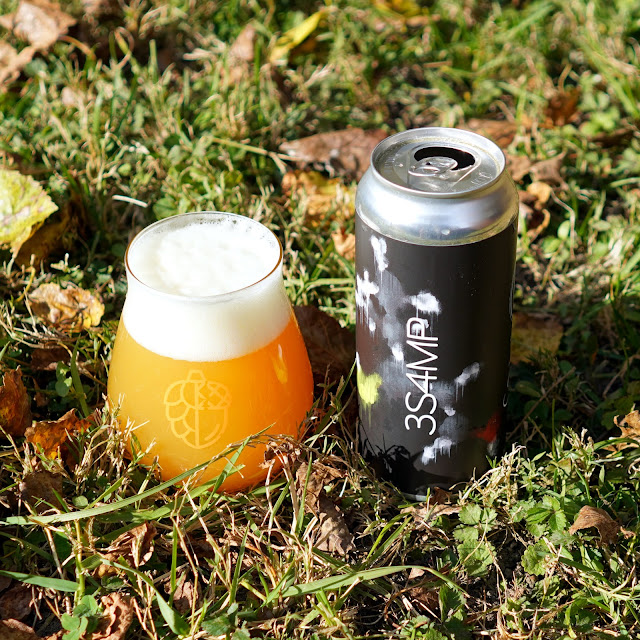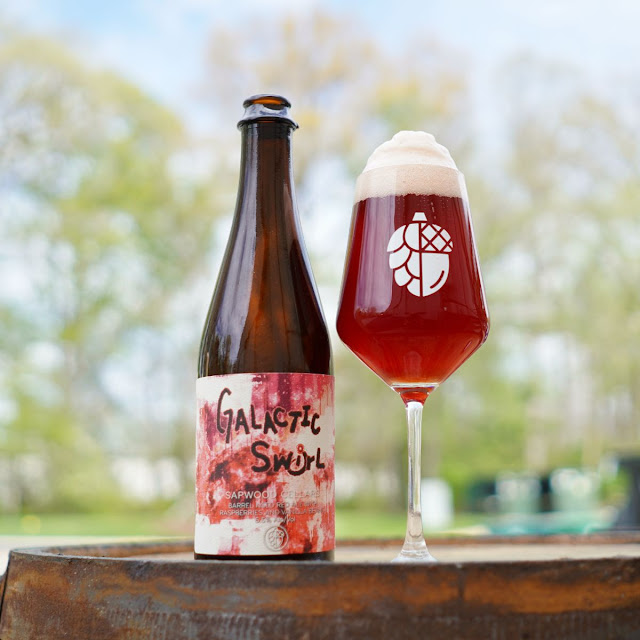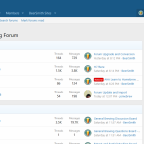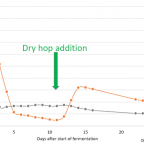From Danny Fullpint, Editor-In-Chief of TheFullPint: Last week, the craft beer community world wide was stunned to learn that Alex Kidd, founder of DontDrinkBeer and Malt Couture Podcast was rushed […]
The post Let’s Help Alex Kidd / DontDrinkBeer Defeat Cancer Now appeared first on The Full Pint - Craft Beer News.


































